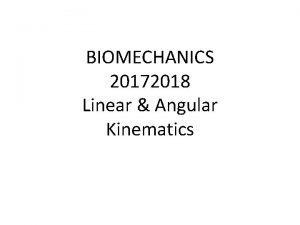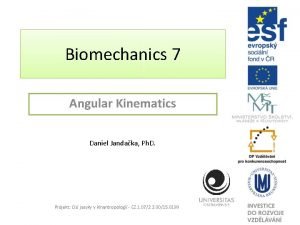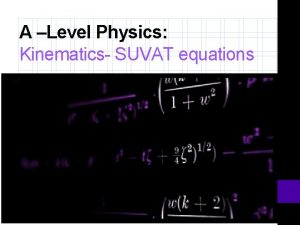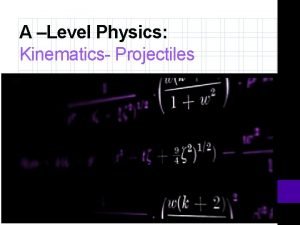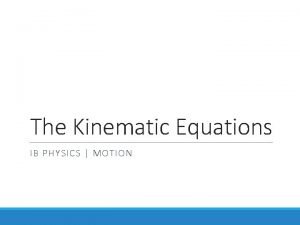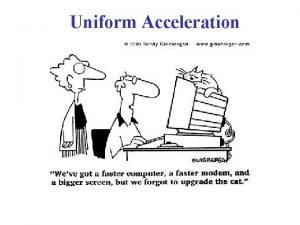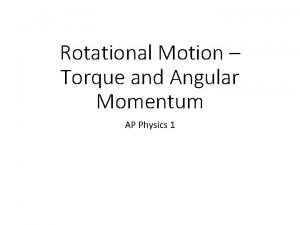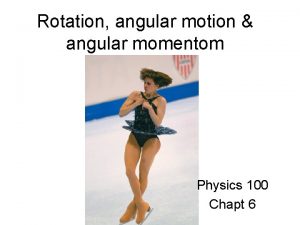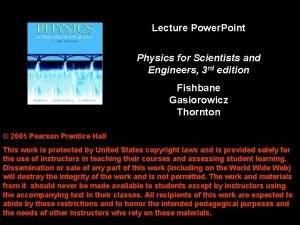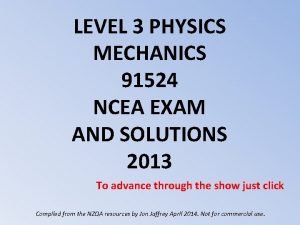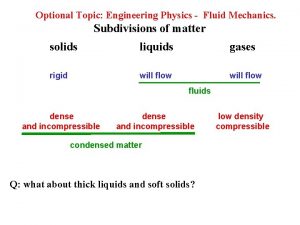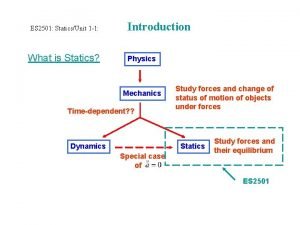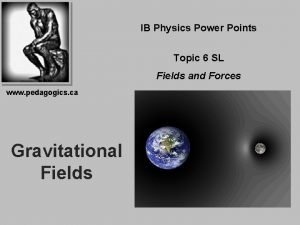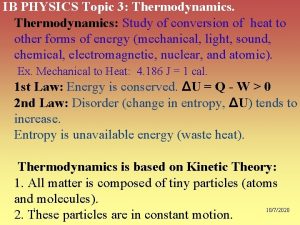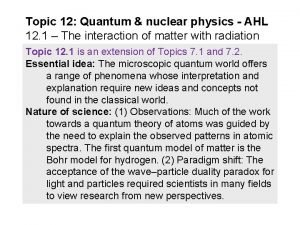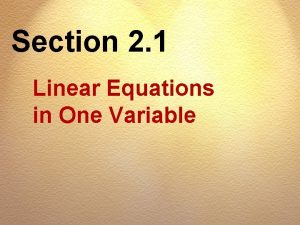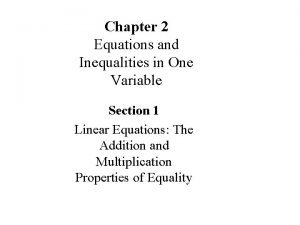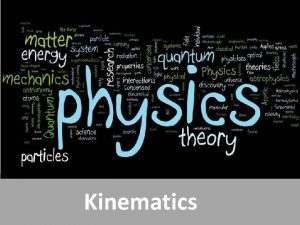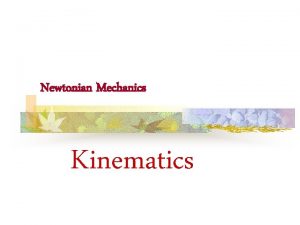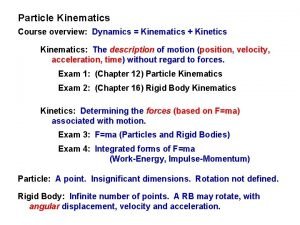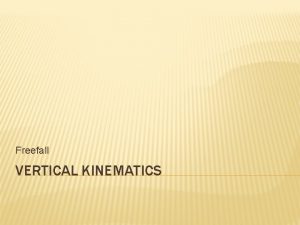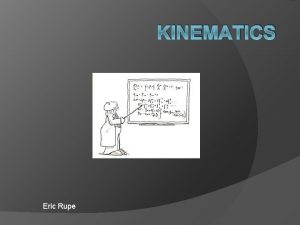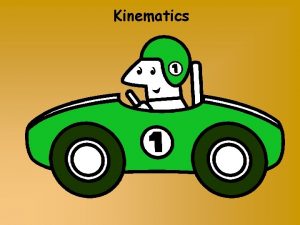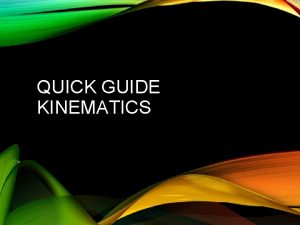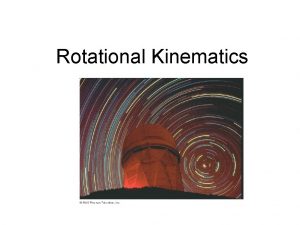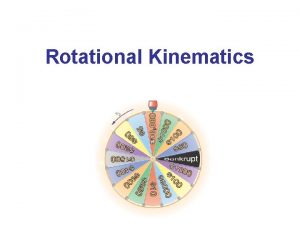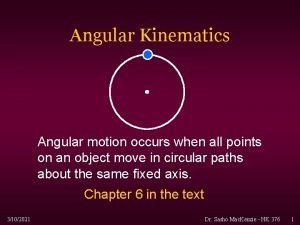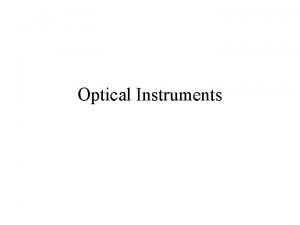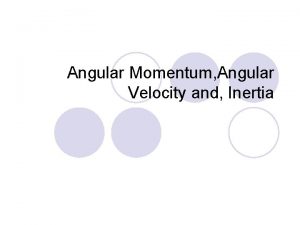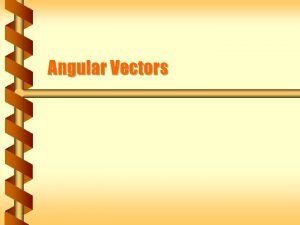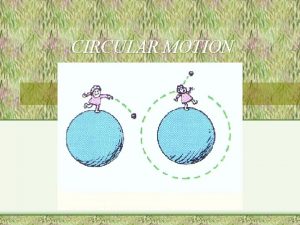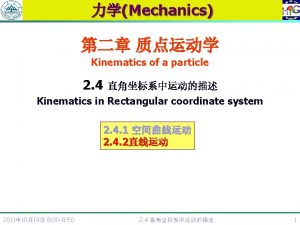Physics Part 1 MECHANICS Topic Angular Kinematics Angular






![Hammurabi [1810 -1750 BC] • school of scribes defines sexagesimal numbers (base 60). 7 Hammurabi [1810 -1750 BC] • school of scribes defines sexagesimal numbers (base 60). 7](https://slidetodoc.com/presentation_image_h2/4b86e5d2e335ccbb67cd89654c2934c8/image-7.jpg)






















- Slides: 29

Physics Part 1 MECHANICS Topic: Angular Kinematics (Angular Variables, Rotating Frame, Rolling) ROUGH DRAFT W. Pezzaglia Updated: 2016 Oct 24

2 Angular Kinematics A. Angular Variables B. Rotating Reference Frames C. Translating+Rotating

3 A. Rotational Kinematics 1. Angular Displacement 2. Angular Velocity 3. Angular Acceleration

1. Angles Perhaps 5000 BC people changed from a nomadic culture to agrarian, settling in Sumerians needed a calendar to tell them when to plant food. 4

Surviving Babylonian “Cuneiform” Clay Tablets of astronomical positions of sun & planets x 5

The Ecliptic Circle 6 The Babylonians determined the exact path of the sun through the zodiac constellations
![Hammurabi 1810 1750 BC school of scribes defines sexagesimal numbers base 60 7 Hammurabi [1810 -1750 BC] • school of scribes defines sexagesimal numbers (base 60). 7](https://slidetodoc.com/presentation_image_h2/4b86e5d2e335ccbb67cd89654c2934c8/image-7.jpg)
Hammurabi [1810 -1750 BC] • school of scribes defines sexagesimal numbers (base 60). 7

(a) Angles in sexagesimal • Degrees: 360 =circle • Arcminutes (minutes of arc): 60’=1 • Arcseconds (seconds of arc): 60”=1’ 8

(b) Angle in Radians • Circle: 360 =2 radians • Or 1 radian =57. 3 • Arc length formula is easy in radians: s=R • Its messier in degrees: 9

(c) Angular Displacement • Analogous to linear displacement • Definition: how far its rotated: = f- I • There is a “wrap around” ambiguity, e. g. if you look at the clock and it says 3, and later it says 5, is it 2 hours later or 14 hours later? 10

2. Angular Velocity (a) Definition: (analogous to average velocity) • Expressed in terms of period “T” for one complete revolution: • For constant angular velocity we have simple equation 11

(b) Units of Angular Velocity • SI units: radians per second Other systems used: • Degrees/second • Rpm: revolutions per minute (example, convert 1 rpm to rads/sec): 12

(c) Tangential Velocity • The (tangential) speed at a spot distance “r” from axis can be calculated as the total distance traveled (circumference of circle) in one period: 13

3. Angular Acceleration (a) Definition • SI Units: rads/sec 2 • Kinematic equations for rotation under constant angular acceleration are completely analogous to those for linear acceleration: 14

b. Tangential Acceleration • Centripetal acceleration is towards the center. • Tangential acceleration is tangent to the rim • Total acceleration is the vector sum of these two perpendicular contributions 15

c. Constant Angular Acceleration • If angular acceleration is constant we can write kinematic equations in exact analogy to those for linear motion with constant acceleration. 16

17 B. Rotating Reference Frames 1. Rotations 2. Rotating Reference Frames 3. Pseudo. Forces

1. Rotations (a) Two reflections make a rotation • A composition of reflections over lines intersecting with angle is equivalent to a rotation of angle 2 about the axis which is perpendicular to the plane described by the lines Who did this first? Was it Euler? 18

19 (b) Three Dimensional Rotation • 1775: Euler’s rotation theorem: any general rotation (one fixed point) can be described by a single rotation about a fixed axis (the “Euler Pole”). • Hence there are 3 parameters, two describing the direction of the axis and the third being the magnitude of the rotation about that axis. Leonhard Euler 1707 -1783

c. The ends do not dictate the means 20 (a) The order of translations does not matter. – – – 3 over then 4 up, then 3 over Move 5 at angle 53° • Hence no matter what path you took, you would assign coordinates (3, 4) to the endpoint • Equivalently, starting at (0, 0), as long as you eventually “crank” to (3, 4) you get to same place

(d) However: rotations don’t commute About Z • Now reverse the order of rotations. About Y 21

2. Rotating Frames (a) Basis vectors ek fixed to rotating rigid body will change according to: • The change in any vector in lab frame is related to change in (rotating) body frame by: 22

b. Rotating Frames So, the velocity in the lab frame is the sum of the velocity in the rotating frame, plus the tangential velocity due to rotation 23

3. Fictitious Accelerations 24 (a) Can we state that: • The second order change in any vector in lab frame is related to change in (rotating) body frame would be given by:

25 b. Fictitious Accelerations • Applying to the position vector, we get familiar fictitious accelerations Centrifugal • Coriolis Euler Where the “angular acceleration” is interpreted to be the source of the Euler term:

26 C. Rotation+Translation 1. Rolling Motion 2. Decomposition 3. In General

3. Rolling Motion 27 • (a) Rolling Motion: the point of contact is at rest. The rest of the body is (for an instant) rotating about the contact point.

(b) Decomposition • 1904 Whittaker: "A rotation about any axis is equivalent to a rotation through the same angle about any axis parallel to it, together with a simple translation in a direction perpendicular to the axis” 28

(c) In General • Motion of a rigid body can be decomposed into: • Linear Translation of center of mass • Rotation about the center of mass 29
 Fluid mechanics
Fluid mechanics Aplusphysics kinematics-horizontal kinematics
Aplusphysics kinematics-horizontal kinematics Kinematics
Kinematics Angular kinematics biomechanics
Angular kinematics biomechanics Suvat equations a level physics
Suvat equations a level physics A level physics kinematics
A level physics kinematics Kinematics ib physics
Kinematics ib physics Kinematics
Kinematics Angular momentum theorem
Angular momentum theorem Angular momentum in classical mechanics
Angular momentum in classical mechanics Angular mechanics
Angular mechanics General topic example
General topic example Narrow
Narrow Iw^2 physics
Iw^2 physics Right hand rule physics angular momentum
Right hand rule physics angular momentum Classical physics
Classical physics Beta plus decay
Beta plus decay 91524 answers 2020
91524 answers 2020 Quantum physics vs quantum mechanics
Quantum physics vs quantum mechanics Example physics ia
Example physics ia Holt physics chapter 8 fluid mechanics test answers
Holt physics chapter 8 fluid mechanics test answers Physics fluid
Physics fluid What is statics
What is statics Topic 6 ib physics
Topic 6 ib physics Ib physics topic 5 question bank
Ib physics topic 5 question bank Ib physics conversions
Ib physics conversions Quantum and nuclear physics
Quantum and nuclear physics Quantum nuclear physics
Quantum nuclear physics Rstuv
Rstuv Section 2 topic 1 linear equations in one variable part 1
Section 2 topic 1 linear equations in one variable part 1


